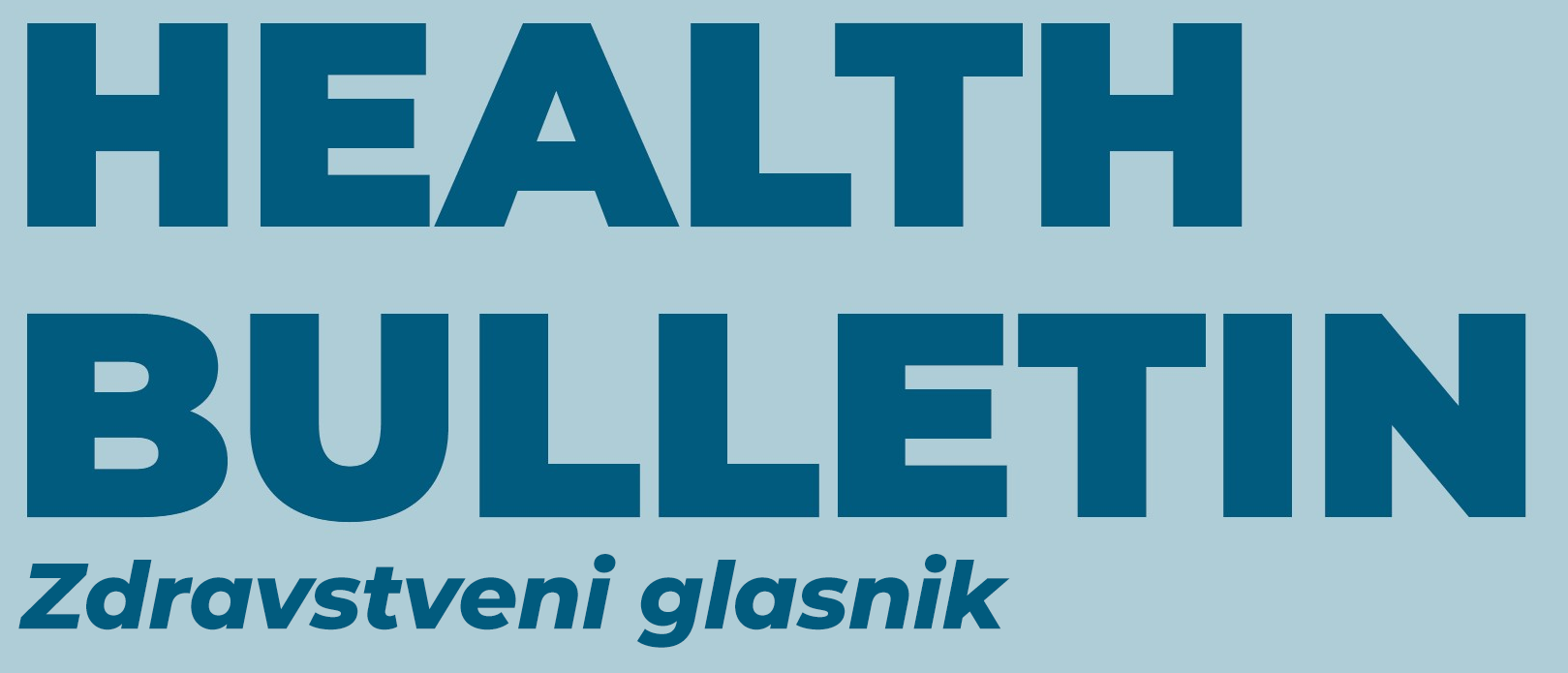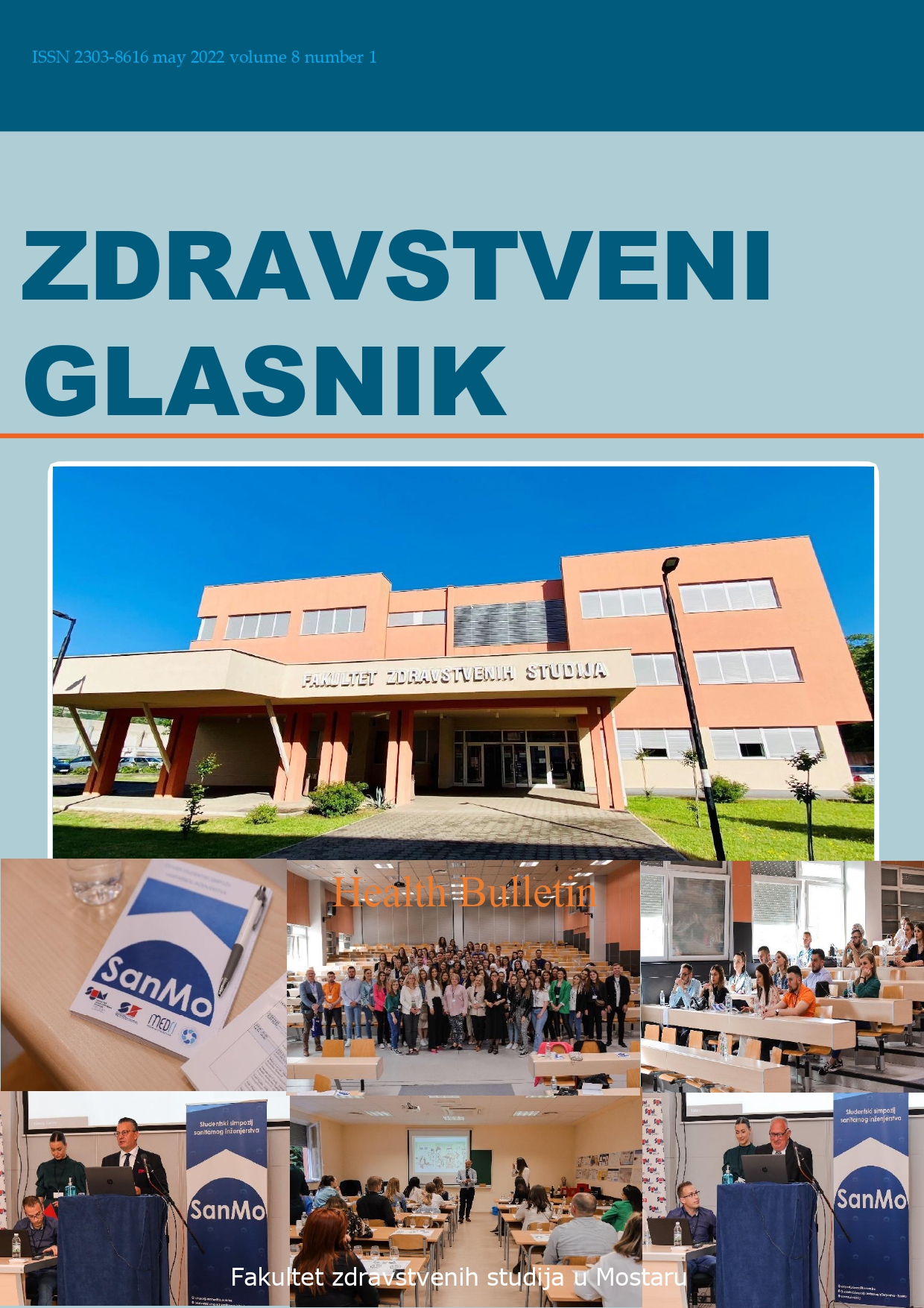LEGG-CALVE-PERTHES DISEASE
Keywords:
diagnostics, pain, LCPD, treatment, limpAbstract
Legg-Calve-Perthes disease (LCPD) is a partial or complete avascular necrosis of the femoral epiphysis.
Epidemiological data indicate that this disease manifests itself between the ages of four and ten with a
relatively unexplored etiology. The data show that it is up to five times more common in boys than in
girls, where bilateral cases are also more common. Three symptoms are important for a proper diagnosis
of LCPD: gradual onset of hip and knee pain, limited internal rotation and hip abduction, and limping.
The clinical picture of children with LCPD includes the sudden or gradual onset of these symptoms.
Treatment of this disease aims to eliminate pain, achieve full range of motion of the joint, improve
movements with relief, prevent muscle atrophy, reduce and eliminate limping. The objective of this
review article and case study is to show the importance and impact of early physical therapy on the
further outcome and development of Legg-Calve-Perthes disease.















